What was travel like on the Silk Road
Post Time:2019-11-01 Views:
With its origins in the Han dynasty, the silk road was a series of trade routes that extended from China, across Central Asia, to as far as Europe. Historically, the Silk Road was a key link between China and the West. Stretching from Chang'an (Xi'an) to Dunhuang, through Xinjiang into Europe. Most caravans only travelled a fraction of the routes; goods passed through a chain of middlemen from China through Central Asia to Europe.
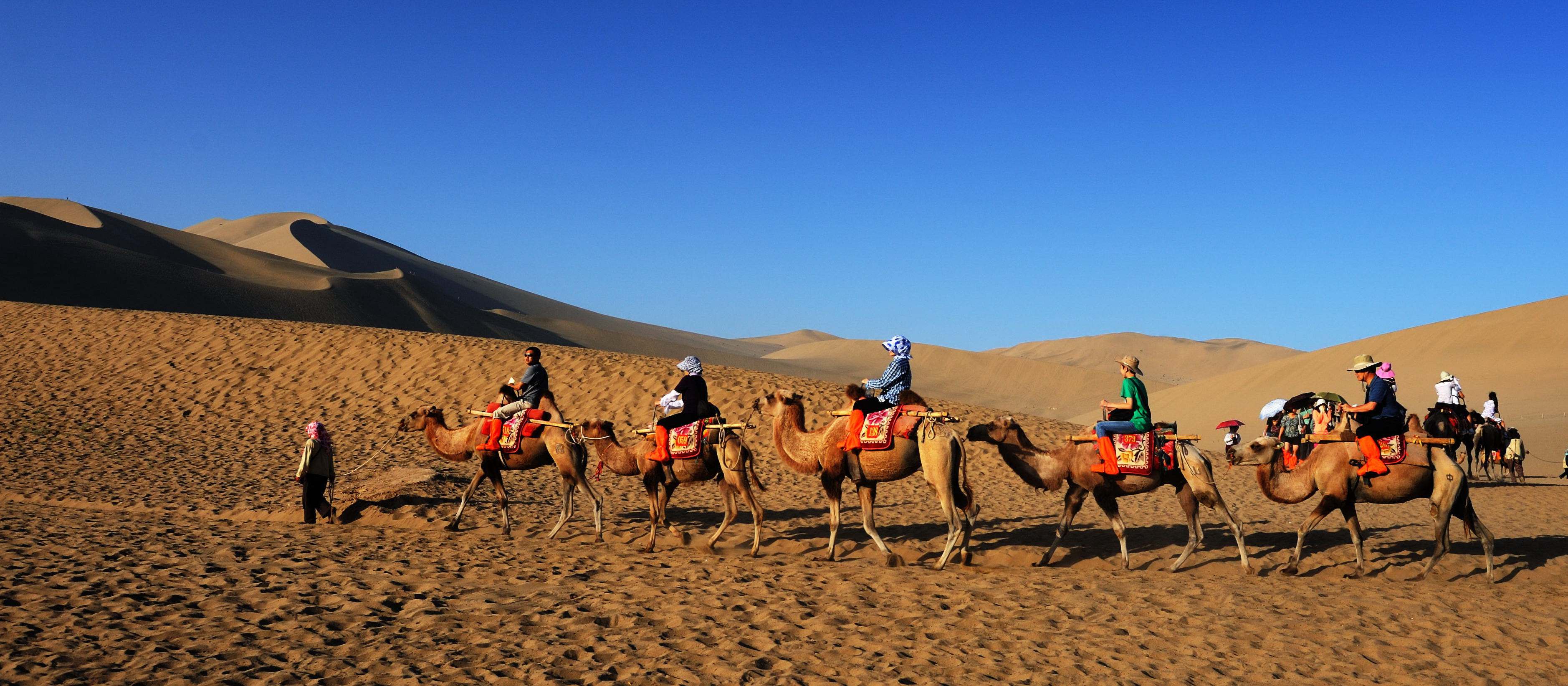
What was the travel like on the silk road?
There are many beautiful natural views and historical sites along the silk road and it's time to pick a destination and start packing! With the rapid development of China, a huge number of people are showing interest in " Silk Road Tours" to enjoy their holiday in a more flexible and fun way.
China offers plenty of wonderful scenic areas. Here, I would like to recommend some famous places that will feast your eyes.
Xi’an: The Starting Point of the Silk Road
As one of the well-known travel destinations along the silk road. Xi'an is a museum city dotted with the historical relics of the past dynasties, from the restored city walls to the majesty of the Terracotta Warriors. Xi'an will delight travellers today, as it did centuries ago as the starting point of the silk road.
If you are interested in Xi'an, please read this post: How to perfect your 72-hour visa-free stay in Xi'an.
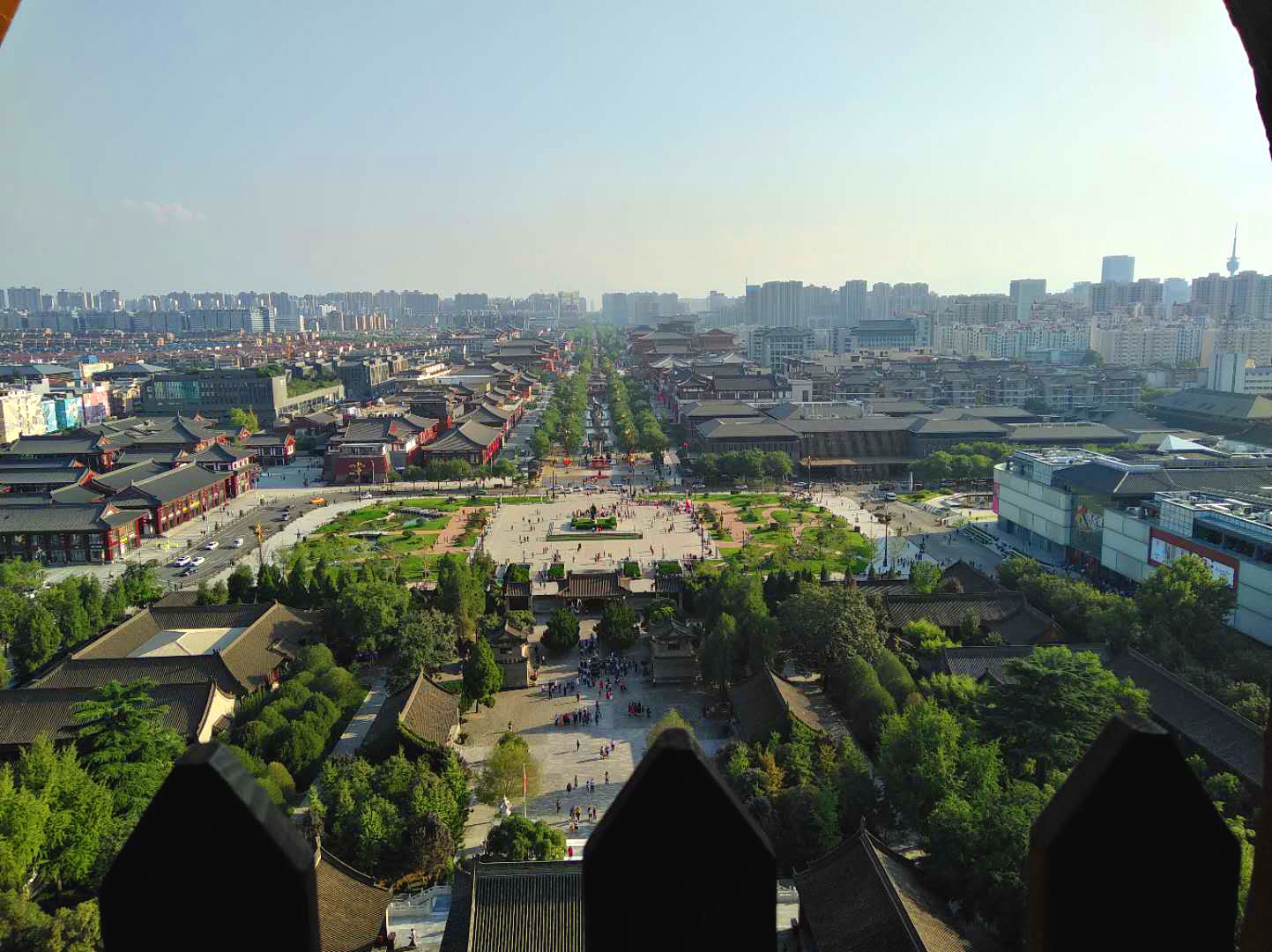
Xi'an City Wall
Xi'an, the capital of northwest China's Shaanxi Province, is an ancient city with plenty of history. The city centre is surrounded by a wall, an ancient military defensive system that has preserved in China.
The city is full of classic Chinese architecture. There are a total of 18 city gates and the South Gate, or Yongning Gate is the most time-honoured and magnificent one.
You can enjoy a leisurely walk or bike on the city wall. The city also houses two museums that showcase its history. Admission costs 30 RMB/Person, with children and students paying half-price. After exploring the city wall, you can pay a visit to the nearby Bell Tower.
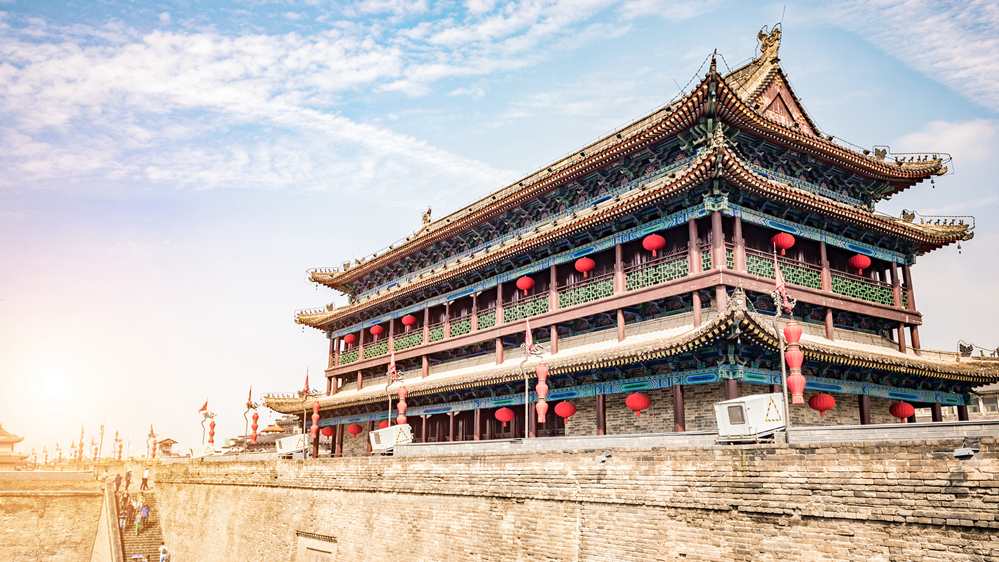
Terracotta Warriors
Another must-visit scenery is, undoubtedly, the renowned Terracotta Army, a UNESCO World Heritage Site that dates back to 3rd century B.C. The life-size warrior figures, chariots and horses were buried together with China's first emperor, Qin Shi Huang, to protect him in the afterlife. The grand tomb was later accidentally discovered by local farmers in 1974, turning it into one of the best-known attractions in China.
The best time to visit Xi'an is from March to May and September to November.
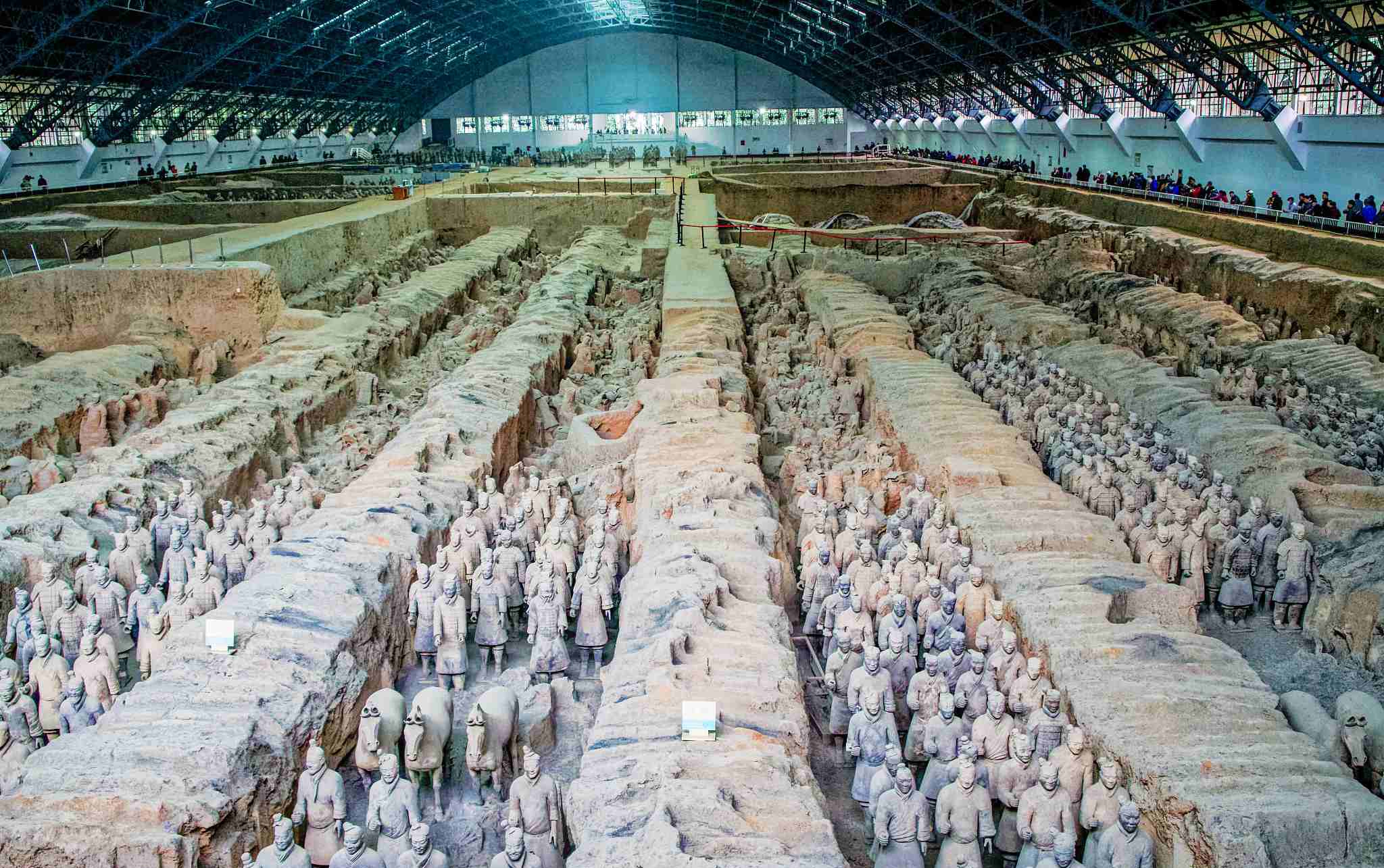
Lanzhou: Gold City
Arriving in Lanzhou, we're halfway through the journey. Growing up on a strategic stretch of the Yellow River, Gansu's provincial capital reflected in its mix of ethnic groups and cultures, showing the charm of the city to the world.
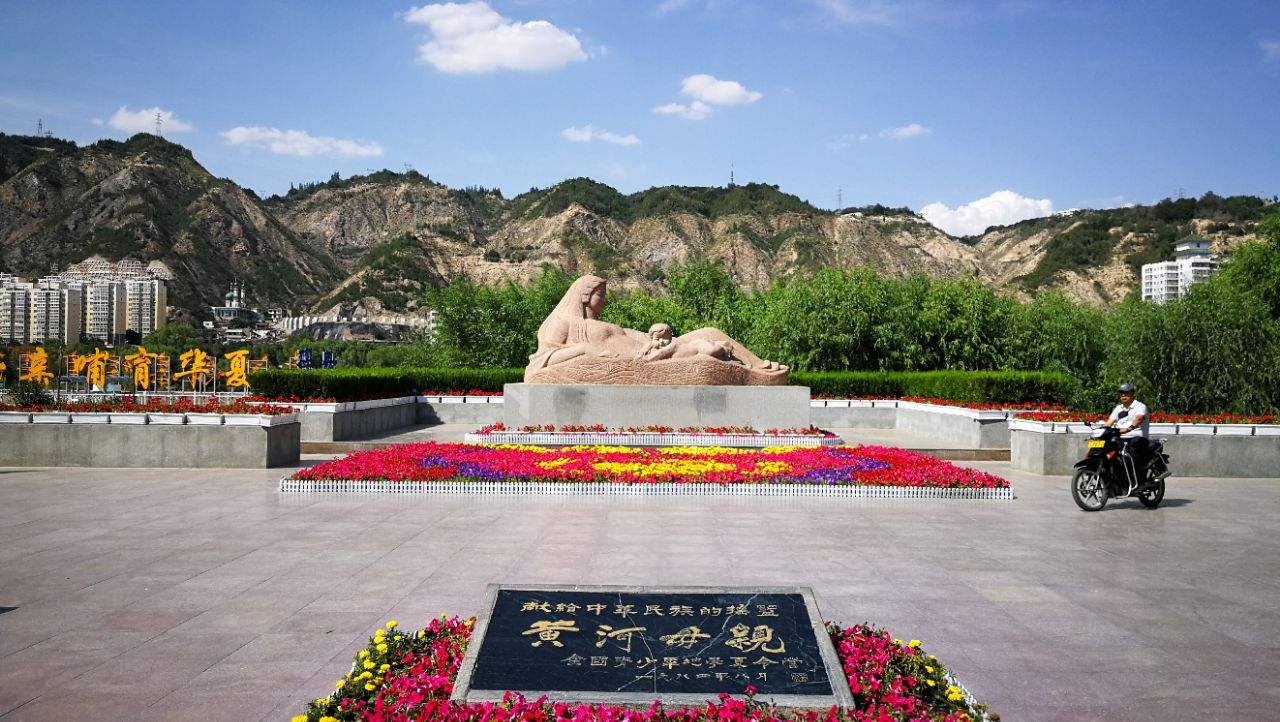
Lanzhou Beef Noodle:
Would you like to taste some local delicacies? Lanzhou beef noodle is one treat you cannot miss. It is usually served with clear soup and hand-pulled noodle. In halal restaurants in China, only quality local beef from the Southern Yellow Cattle prepared by the local halal butcher is used for Lanzhou beef noodle. Specially cooked Chinese spicy oil is also an indispensable part.
If you are interested in Lanzhou, read this post: Lanzhou More Just Noodles.
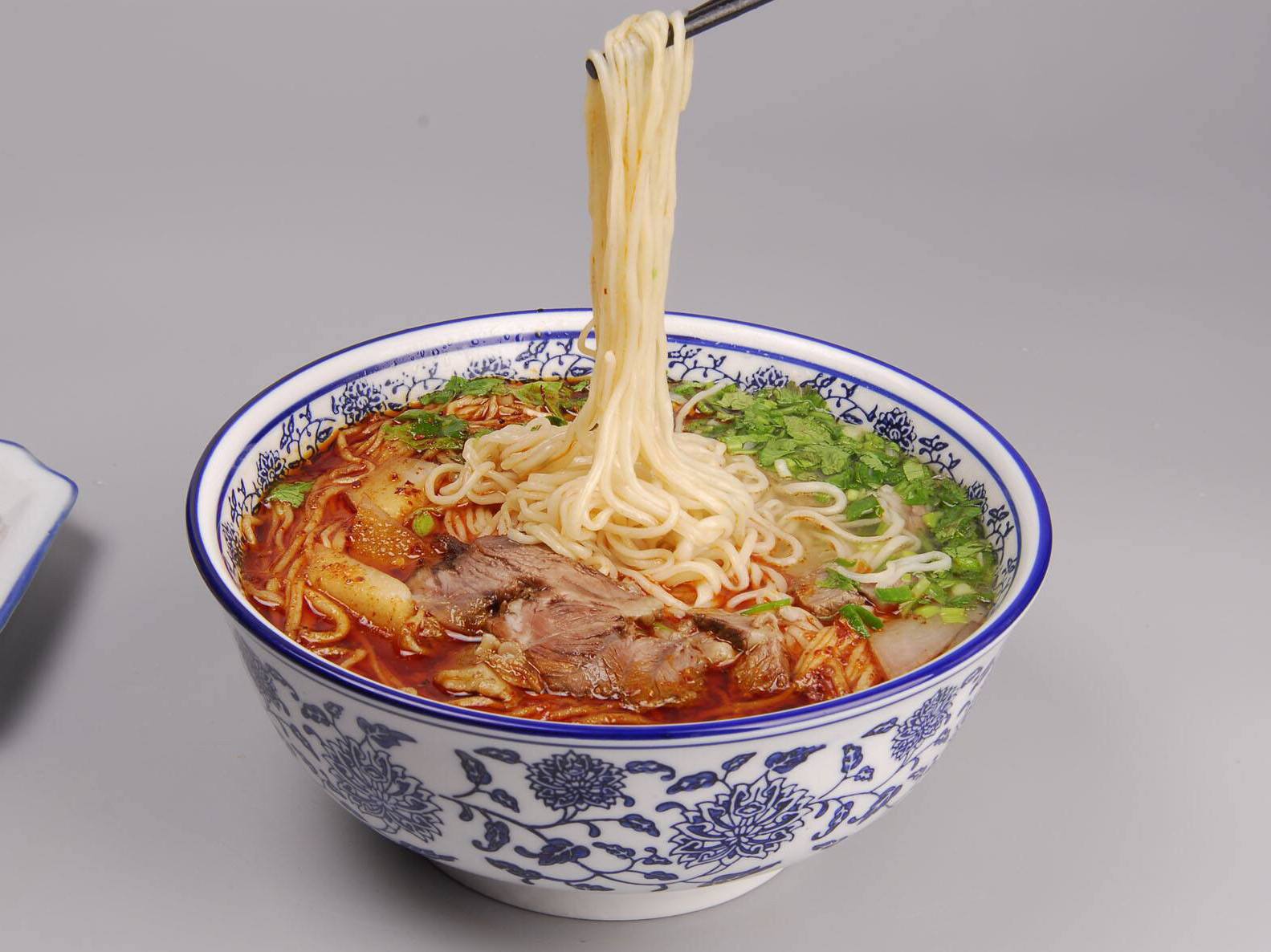
Zhangye:
In Chines history, Zhangye City is part of the Hexi Corridor, which is an important route for connecting China to the Western world in Gansu Province via the Silk Road.
Zhangye Danxia Landform
Zhangye Danxia is a Danxia landform that can be found in Zhangye National Geopark. Located at Zhangye City, northwest China's Gansu Province, the hills cover an area of 322 square kilometres. From the sky, the vast land is covered with red cliffs in different shapes and rainbow ridges in multiple colours.
The rainbow is a common natural phenomenon, but people still fancy it because it vanishes quickly. https://www.china-silkroad-travel.com/our-blog/zhangye-rainbow-danxia-landform.html.
When is the best time to visit?
Marco Polo spent a year here around 1274 and wrote in his book "The Travels of Marco Polo" that this region was an international trade market. Nowadays, it has turned into a tourism city that attracts many people. June and July each year are the best months to visit Zhangye National Geopark. During the rainy season, the water can cool you from the summer heat and add moisture to the air.
It is best to visit in the morning and at dusk, especially at sunset, when the colours change continuously, showing yellow and red layers covered by a light grey layer.
Approximate sunset time: 7:30 pm in spring and autumn; 8:00 pm in summer.
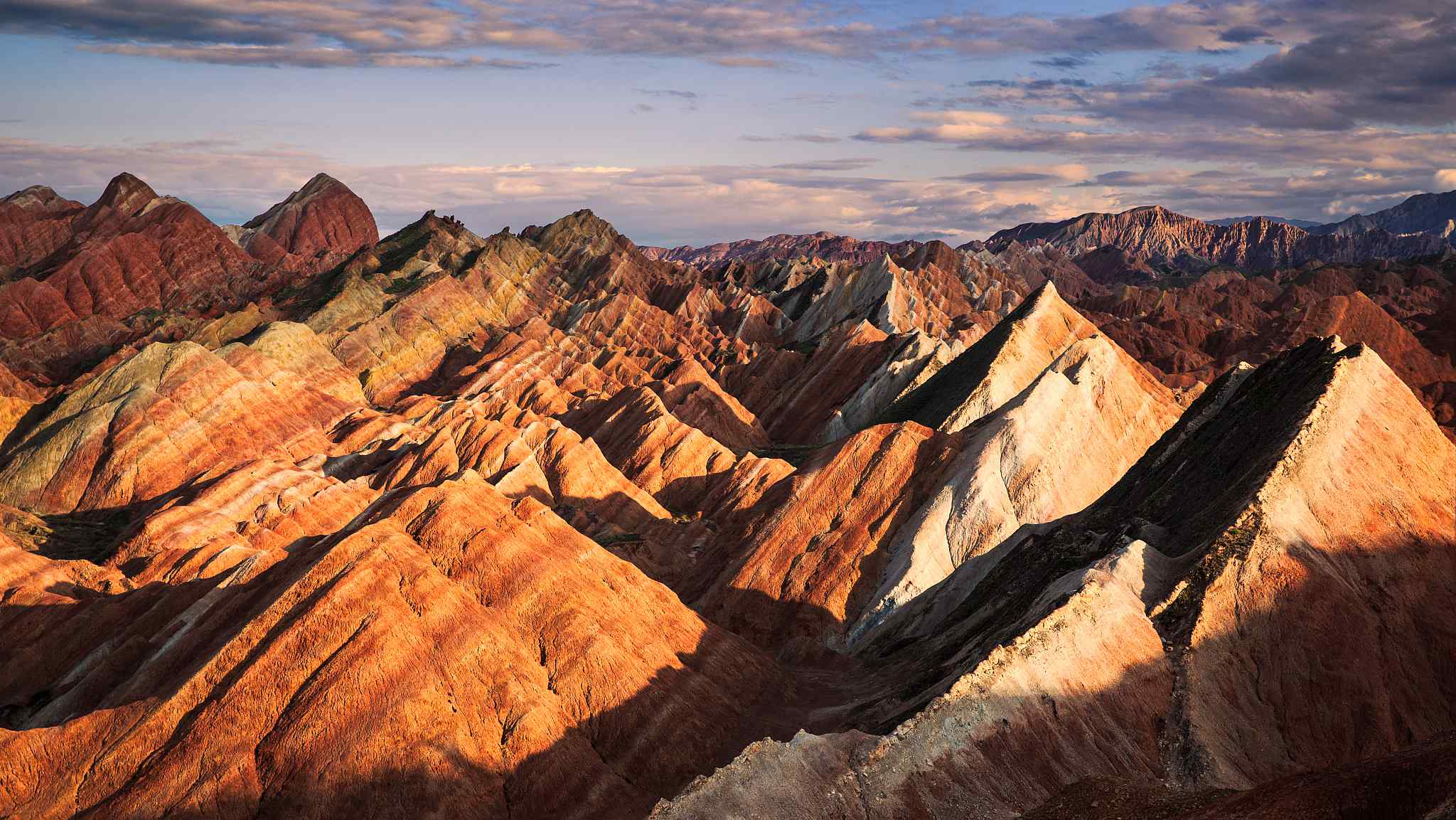
Dunhuang:
Set on the edge of the Silk Road, Dunhuang may seem like an unlikely place to find an oasis of Buddhist art. With towering dunes in the background, the caves here reflect the power of divine inspiration.
Mogao Grottoes:
The Mogao Grottoes in Dunhuang is considered one of the most important collections of Buddhist art in the world. It is a complex of 492 grottoes adorned with Buddhist statuary and frescoes, created between the 4th and 14th centuries. At its zenith during the Tang Dynasty, the site housed 18 monasteries, more than 1,400 monks and nuns, and countless artists, translators, and calligraphers.
If you are interested in Mogao Grottoes, read this post: An impressive way to admire the Mogao Grottoes.
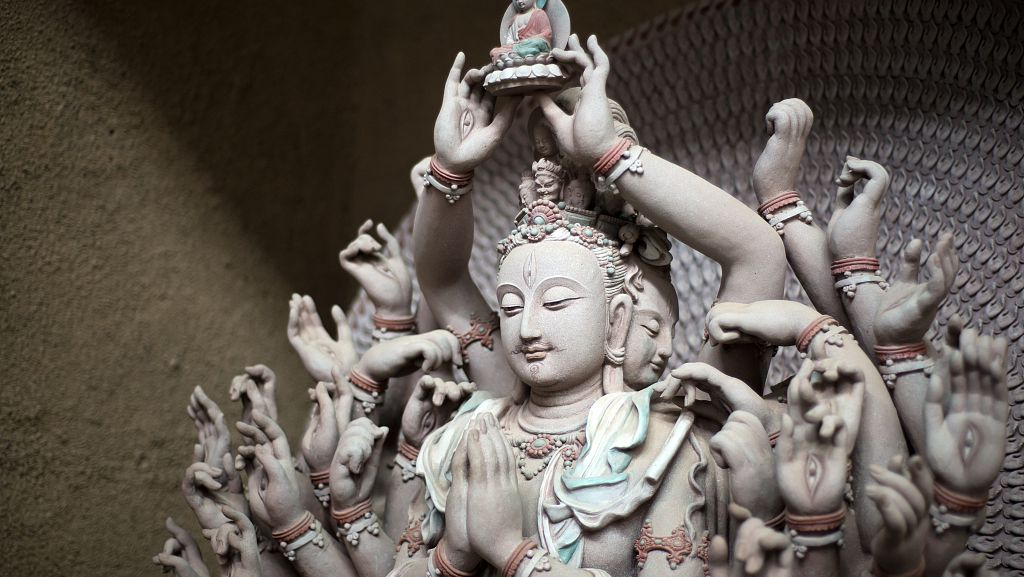
Mingsha Mountain and Crescent Moon Spring:
Six kilometres south of Dunhuang at Singing Sands Dune, the desert meets the oasis in the most spectacular view. From the sheer scale of the dunes, it's easy to see how Dunhuang gained its name "Town of Sand". In the same area is the Shallow Spring fed Crescent Moon Lake, which forms an oasis at the desert's edge. A peculiar natural phenomenon occurs when standing on top of the sand dune. If it's a windless day, a sound similar to a flute can be heard, but if there are many people descending the dune at once it becomes a thunderclap.
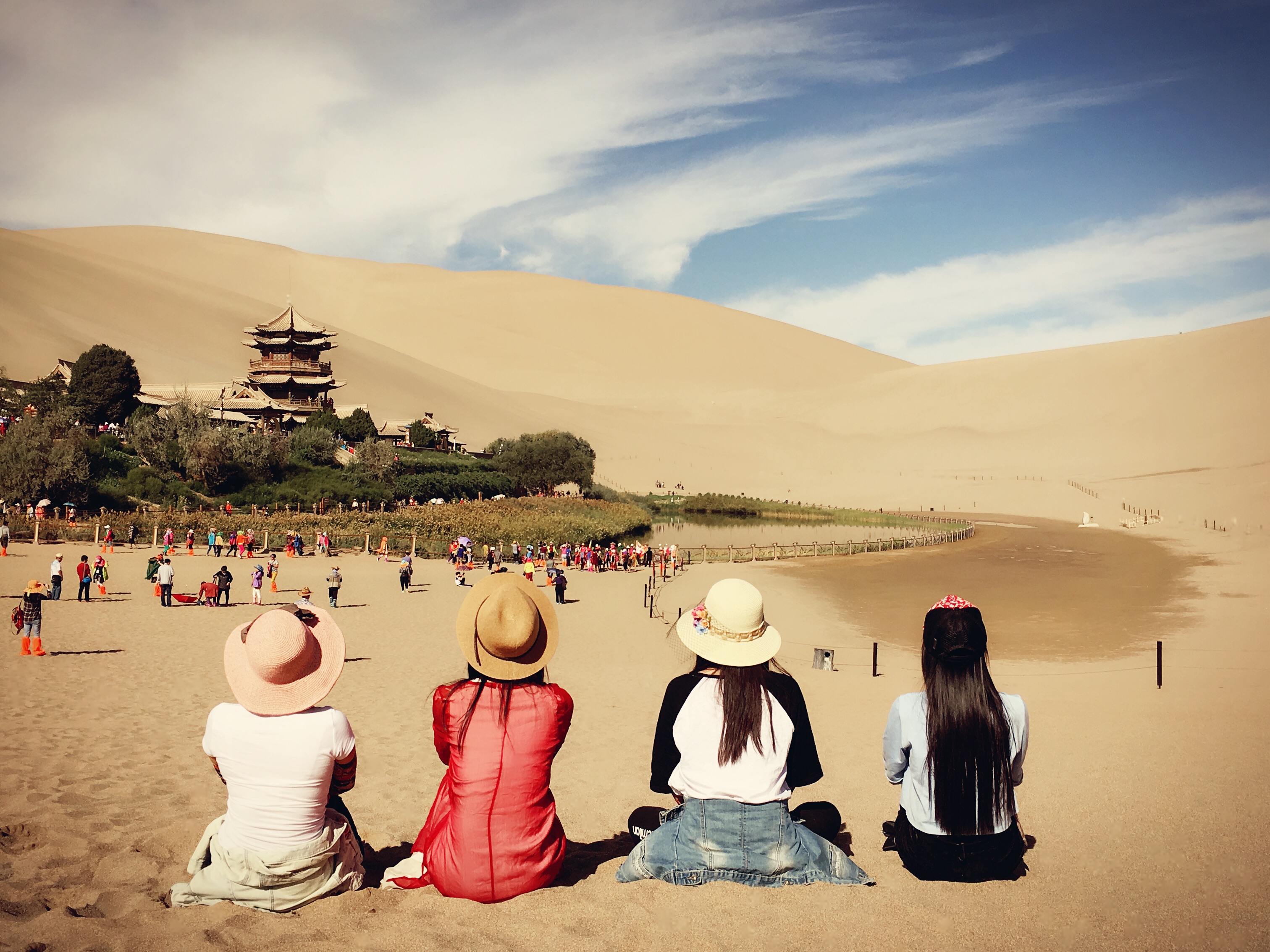
Best time to Dunhuang:
Every April to October is the best time to travel to Dunhuang. In summer, the sun is quite strong so sunscreen or sunscreen products are quite essential. In winter it’s very cold so tourists are suggested to take plenty of warm clothes.
Turpan:
As the Silk Road trading post in ancient times, the Tupan oasis is surrounded by desert, mountains, ruined cities and Thousand Buddha Caves.
The Grape Valley:
The Grape Valley in Turpan, to the east of Xinjiang, is a must-visit. Located in the barren Flaming Mountains, the hottest spot in China, the valley is surprisingly cool. The sandy soil there is also very suitable for grow grapes. Every May, the Flame Seedless grape from Turpan is the earliest to be picked and sold at the market. The big temperate difference between day and night makes grapes produced in Xinjiang extraordinarily sweet.
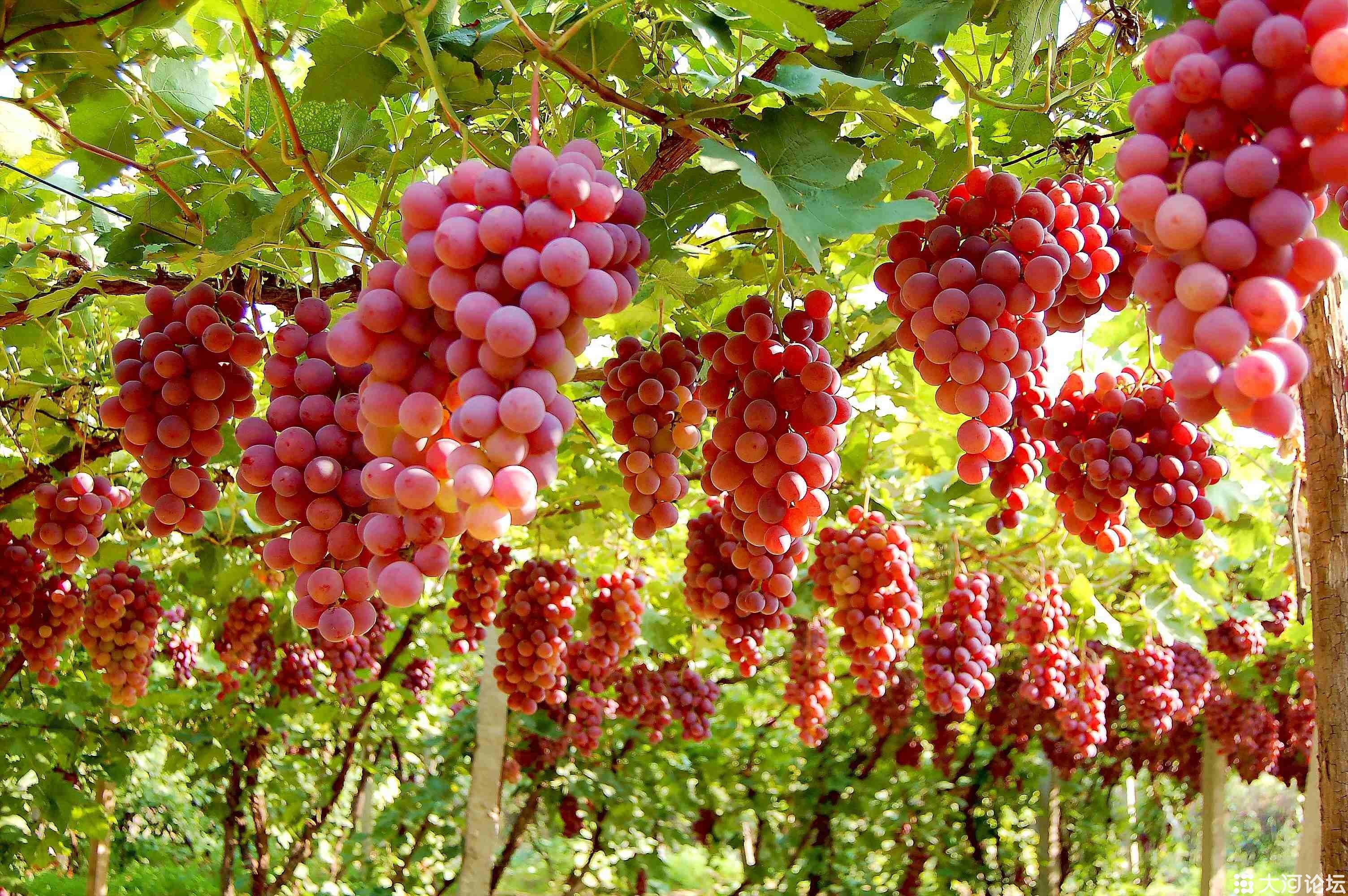
The Flaming Mountains:
Riding in the Flaming Mountains, it will be a great opportunity to take pictures. Made famous by the ancient Chinese classic novel Journey to the West, the surfaces of these desiccated mountains have been whipped into the shape of flames by howling desert winds. Under the relentless heat of the midday sun, the mountains radiate heat and with a dash of imagination, may appear to be on fire.
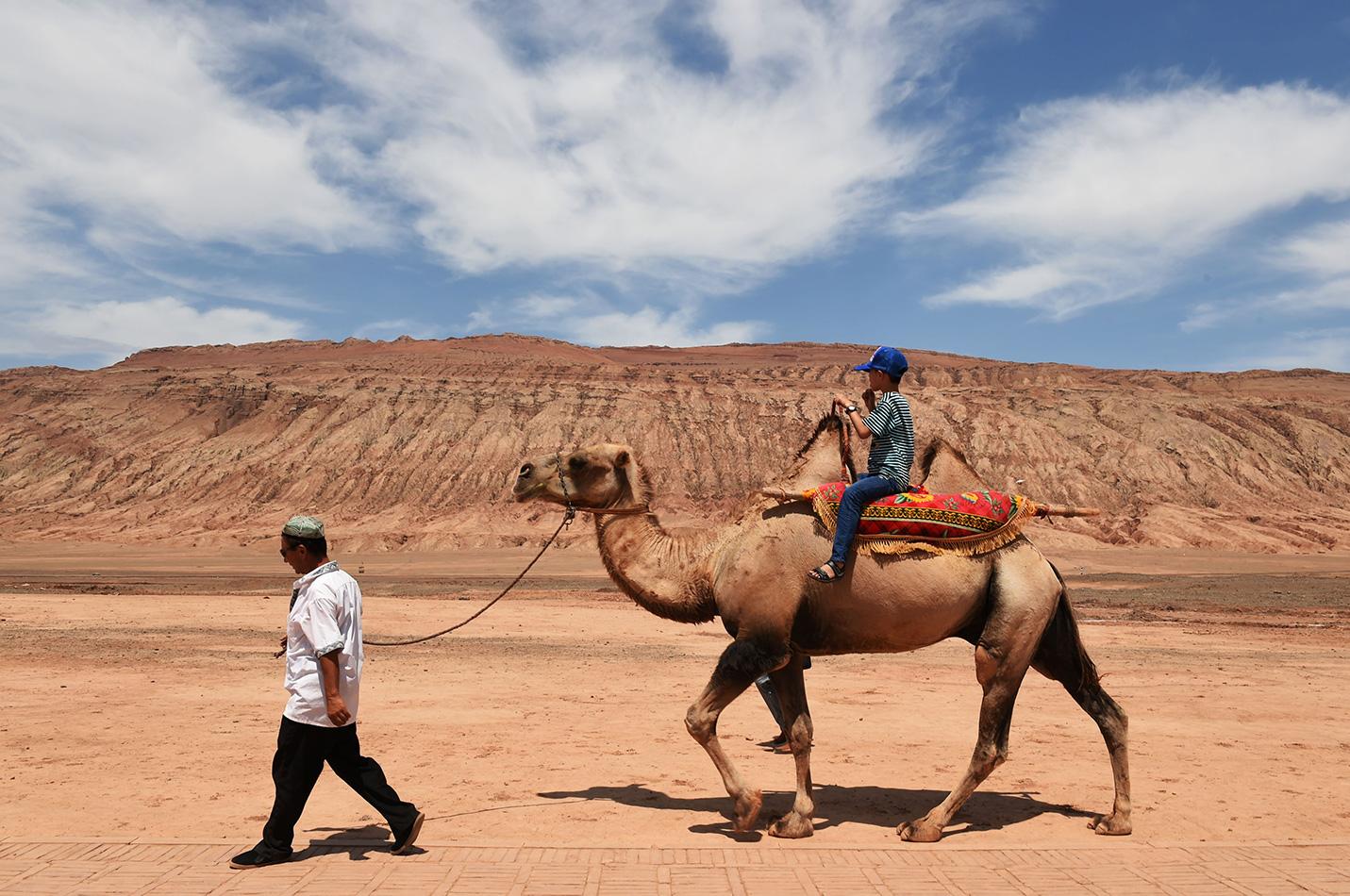
Karez Irrigation Site:
One of the most interesting stops on the tour is a Karez Irrigation Site. It's the site the locals are most proud of, and rightfully so-the irrigation method is probably their greatest contribution to desert dwellers and has been employed as far away as Afghanistan and Iran. More than 2,000 years ago, it was developed as a way to bring the snowmelt waters of the Tian Shan to the city through a series of wells dug into underground water channels. By transporting the water underground, they were able to prevent evaporation and to keep dust and dirt out of their water supply. The Karez Irrigation Site is like a museum explaining how the wells are built and maintained and even includes a sample channel and well that you can explore.
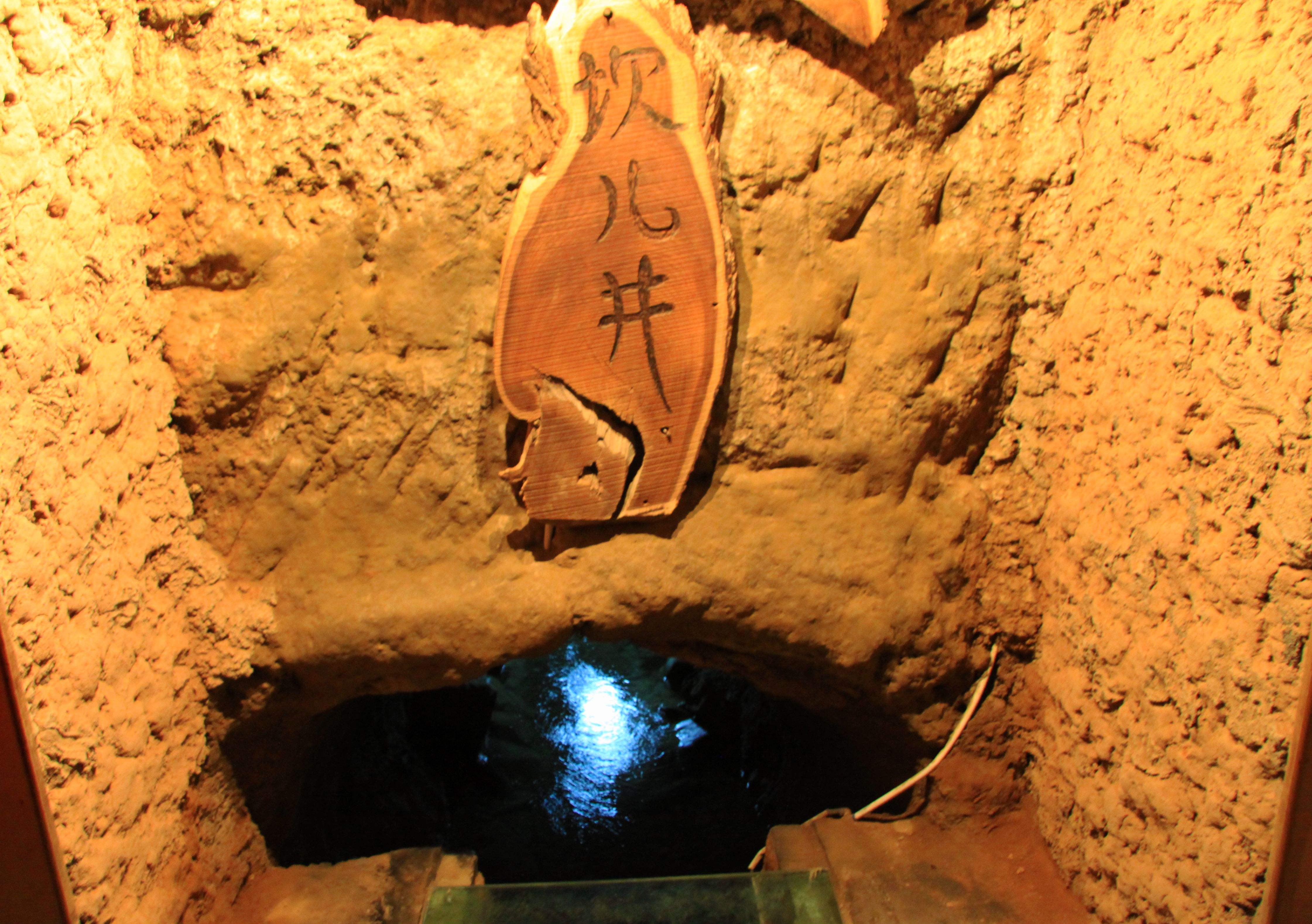
Jiaohe Ruins:
The Jiaohe Ruins was built during the Han dynasty as a Chinese garrison town to defend the borderlands, it's less romantic but better preserved than Gaochang. Although the town was razed by Genghis Khan and his Mongol army, many structures maintain some semblance of their original form. Roads lead clearly through the town and a monastery with statues of the Buddha still stands. The town was built on an island at the confluence of two rivers. As the tours usually stop here in the late afternoon, the sunlight turns the stone almost golden and shutterbugs can have a field day.
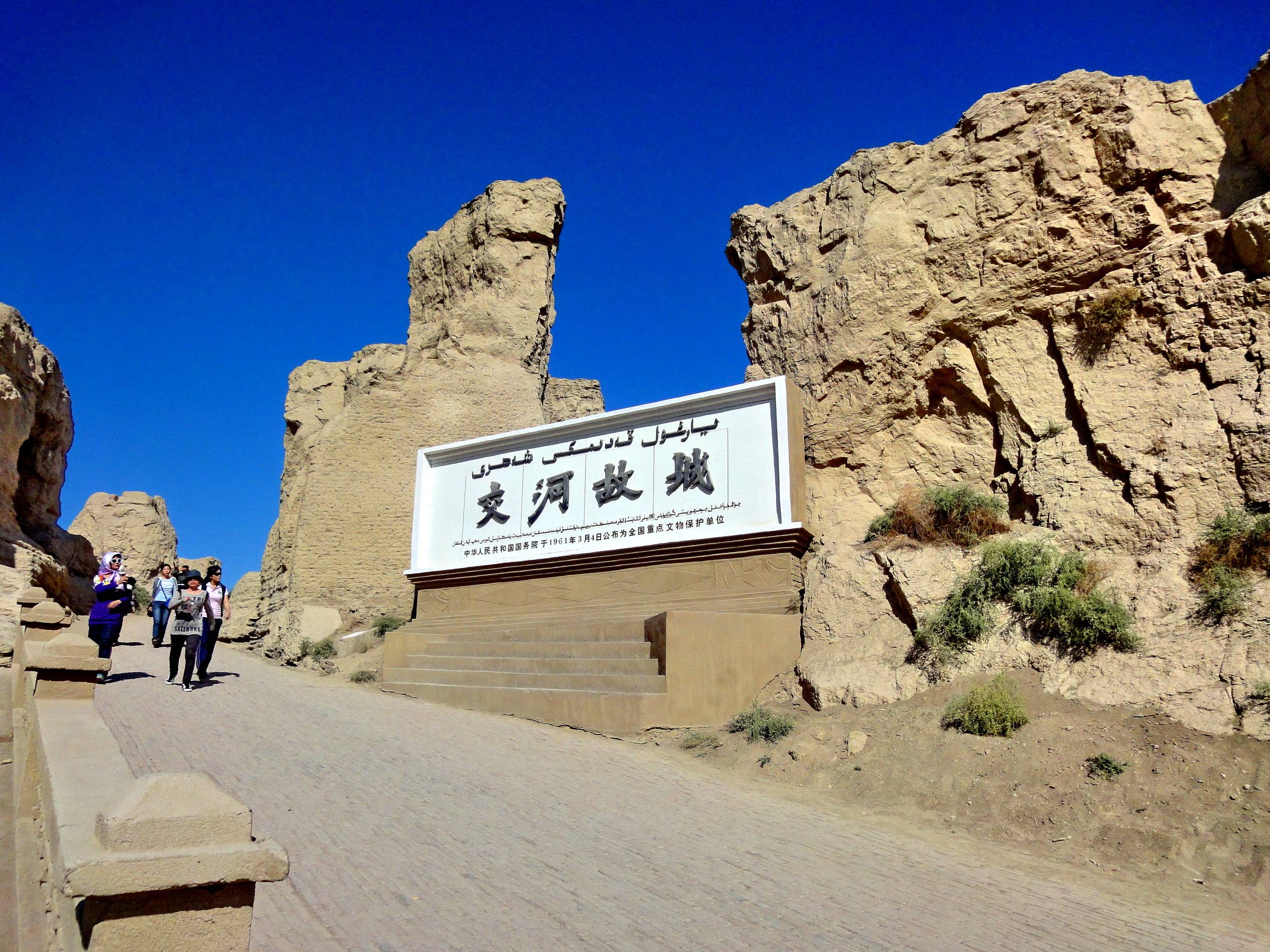
Best time to Turpan:
Though summer is blisteringly hot with temperatures going up to 48 degree Celsius, it's also the peak travel time and when the town moves into full swing to cater to tourists. Though spring may be cooler, there are often sandstorms that are much harder to deal with than the heat. Autumn is probably the ideal time to be here through the winter can come on fast, bringing with it the biting cold of the desert.
Every August 25 there's the annual Silk Road Turpan Grape Festival at the Turpan Travel and Culture Square.
Kashgar:
As one of the popular travel destinations in Xinjiang, stepping into Kashgar is like being transported into the mysterious Arabian Tales.
This far-flung city in Xinjiang is a must-see for its beautiful scenery and intoxicating culture. Miraculous, modern China peels away to reveal the arresting sights, sounds, fragrance and atmosphere of a 2,000-year-old Middle Eastern Town.
Kashgar Old City:
Anyone who watched the movie "The Kite runner" would recognize plenty of familiar shots here. Right, the movie was largely filmed in this old section of Kashgar city- a collection of narrow alleyways that zig-zag through mud-brick buildings, where hundred-year-old traditions are still kept alive.
Mosque's minarets rise up from behind the bazaar, stalls on the footpaths sell food, carpets are hung outside houses, Uygurs live and work in the streets their forefathers once called home. Their children still play in the narrow alleyways. This is what keeps Kashgar alive!
It is also very easy to get lost unless you have locals tell you the way to avoid dead ends - which you can easily tell by the shape and directions of paving bricks under your foot: if the bricks resemble an arrow, its an open path; if it's hexagon that's a dead end.
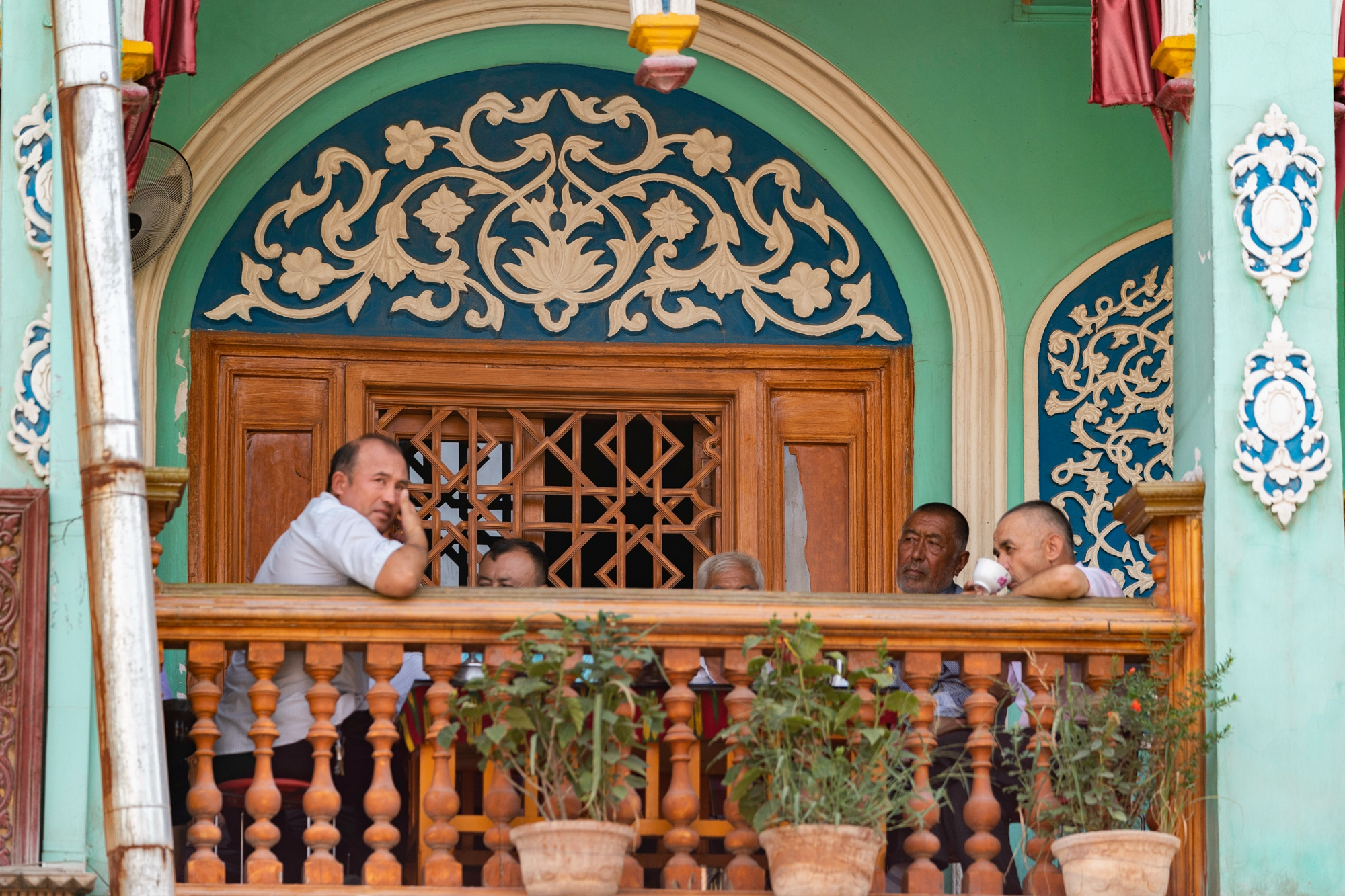
Sunday Livestock Market:
"Posh posh" vendors yell at their sheep while trying to shove them out of the truck, getting ready for trade. The livestock market in Kashgar, Xinjiang, about a 30-minute drive from downtown city.
This lively animal market is by far the largest and most popular, were yaks and camels are for sale but so far the most prevalent were sheep and goats. People come and trade almost every day, but Sunday attracts most people, including visitors.
Unlike traders who care much about how many deals they are about to make, I'm more attracted to the way they close the deal - handshakes by both sides after rounds of bargains by a third party, where you can still get a sense of long-kept traditions.
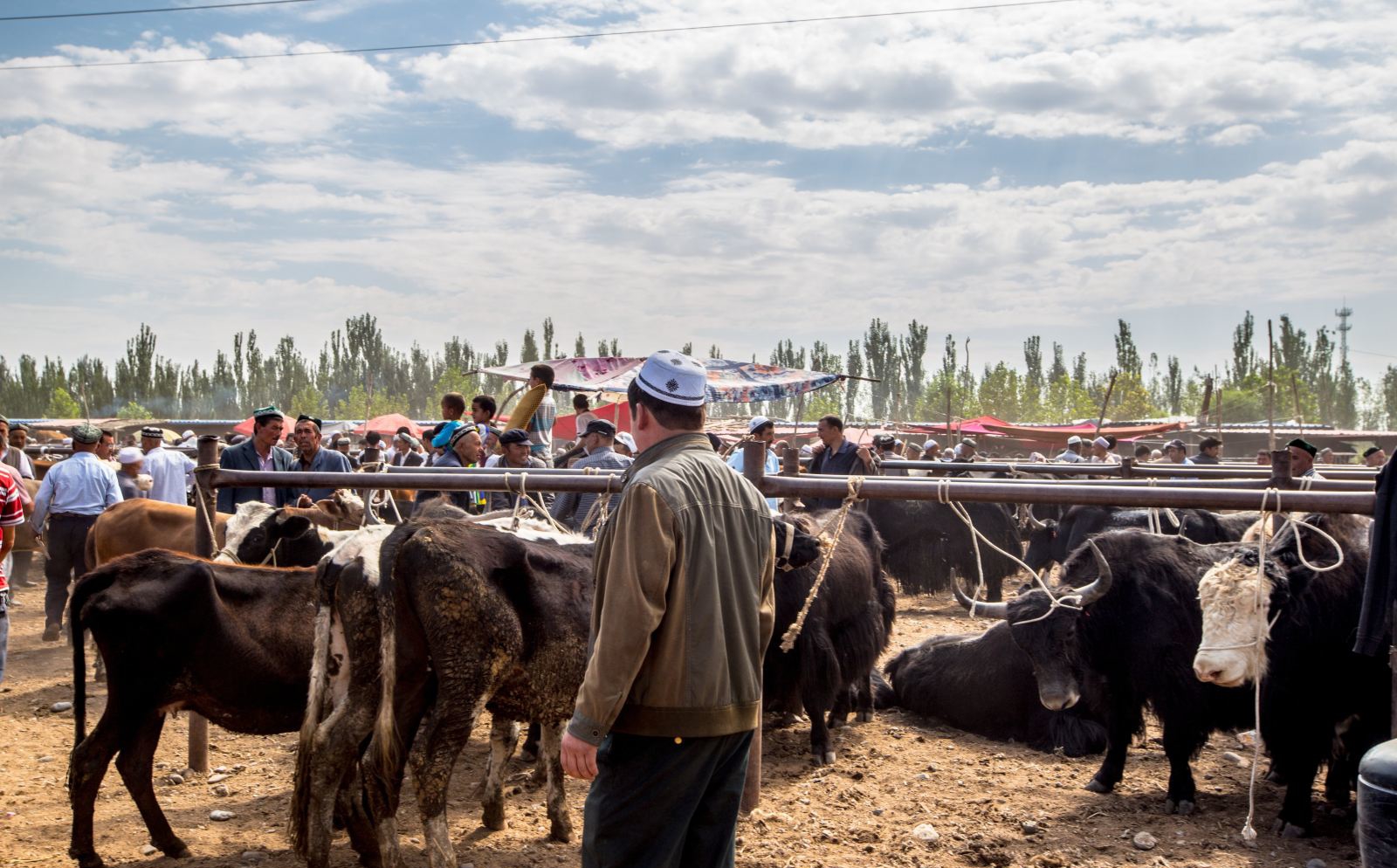
Urumqi:
As the provincial city of the Xinjiang Uygur Autonomous Region, Urumqi has become a new metropolis in northwest China over the last few years.
Heavenly Lake:
According to ancient Chinese legend, Yaochi is known as the Lake of Heaven, which inspires many romantic love stories. If there is a Yaochi in the real world, it would probably be Tianshan Tianchi Lake in Urumqi.
It is a natural alpine lake shaped like a half-moon. Surrounded by snow mountains with verdant spruce, the lake is like a sapphire falling from the sky, which has drawn streams of tourists.
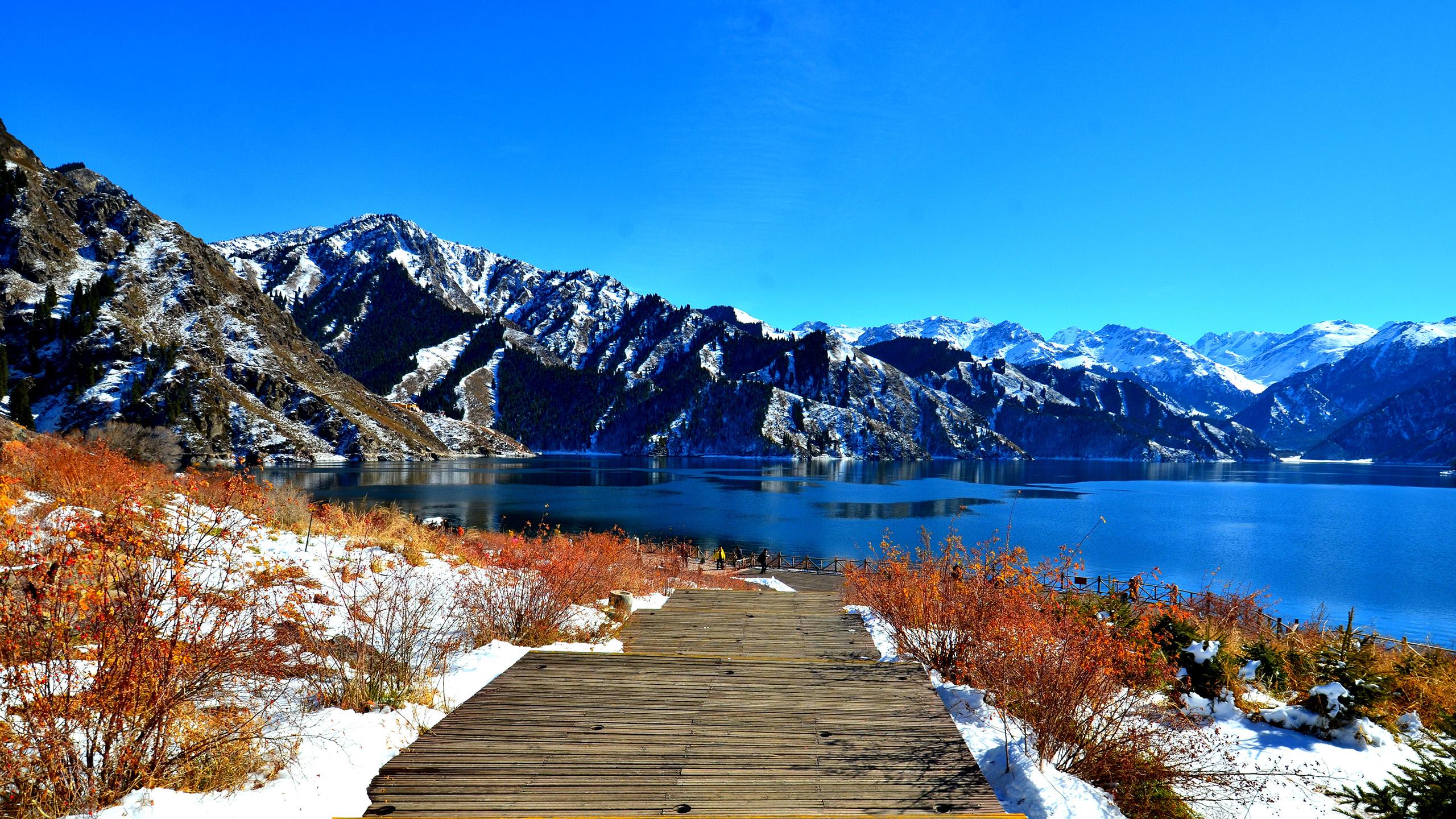
The International Bazaar:
The International Bazaar is a good place to end our journey. It covers a huge commercial complex with a local food plaza, shopping plaza, ethnic handicraft stores, exhibitions, an outdoor performance square, and mosques. It is the largest Bazaar in China and the landmark tourist attraction in Urumqi.
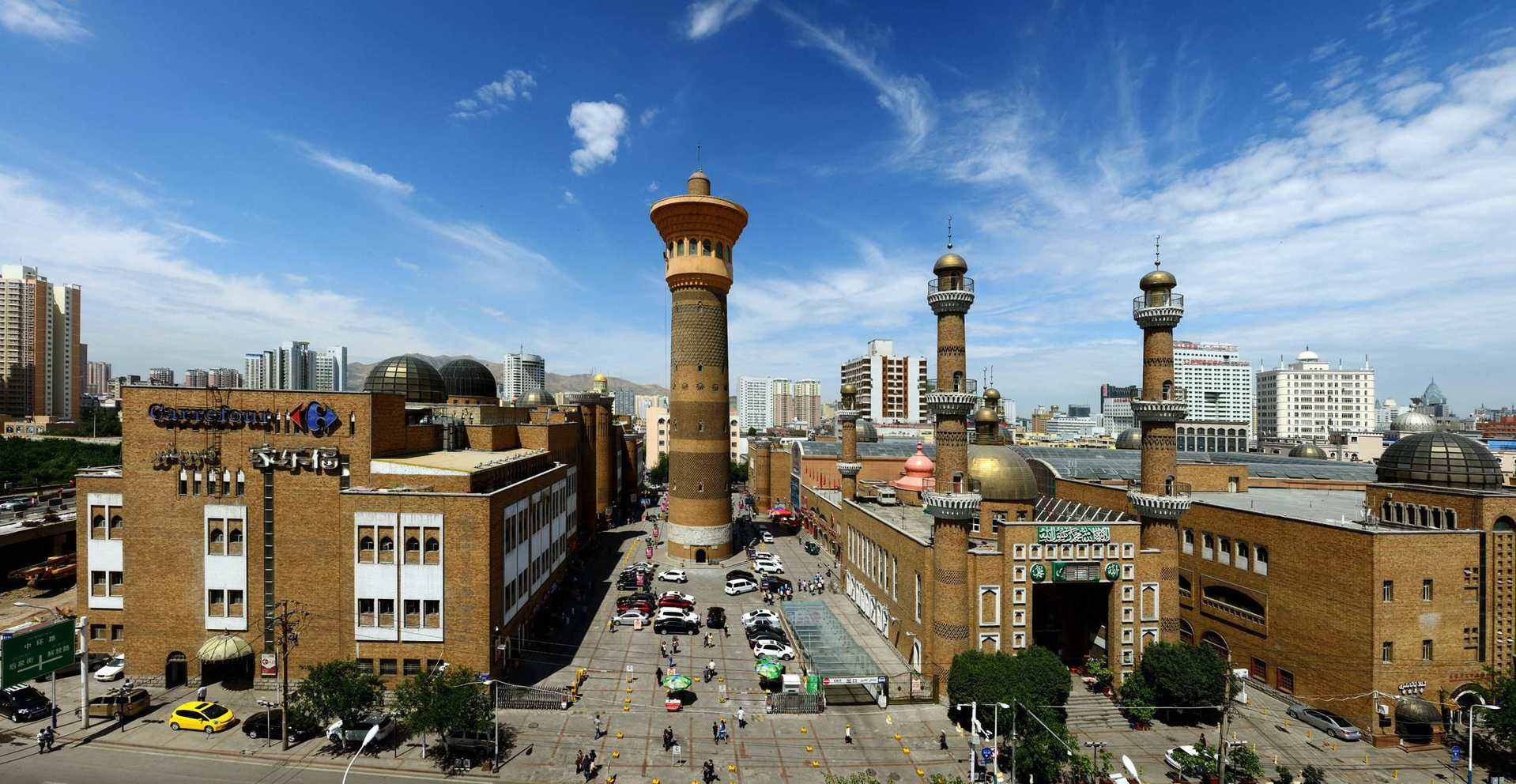

What was the travel like on the silk road?
There are many beautiful natural views and historical sites along the silk road and it's time to pick a destination and start packing! With the rapid development of China, a huge number of people are showing interest in " Silk Road Tours" to enjoy their holiday in a more flexible and fun way.
China offers plenty of wonderful scenic areas. Here, I would like to recommend some famous places that will feast your eyes.
Xi’an: The Starting Point of the Silk Road
As one of the well-known travel destinations along the silk road. Xi'an is a museum city dotted with the historical relics of the past dynasties, from the restored city walls to the majesty of the Terracotta Warriors. Xi'an will delight travellers today, as it did centuries ago as the starting point of the silk road.
If you are interested in Xi'an, please read this post: How to perfect your 72-hour visa-free stay in Xi'an.

Xi'an City Wall
Xi'an, the capital of northwest China's Shaanxi Province, is an ancient city with plenty of history. The city centre is surrounded by a wall, an ancient military defensive system that has preserved in China.
The city is full of classic Chinese architecture. There are a total of 18 city gates and the South Gate, or Yongning Gate is the most time-honoured and magnificent one.
You can enjoy a leisurely walk or bike on the city wall. The city also houses two museums that showcase its history. Admission costs 30 RMB/Person, with children and students paying half-price. After exploring the city wall, you can pay a visit to the nearby Bell Tower.

Terracotta Warriors
Another must-visit scenery is, undoubtedly, the renowned Terracotta Army, a UNESCO World Heritage Site that dates back to 3rd century B.C. The life-size warrior figures, chariots and horses were buried together with China's first emperor, Qin Shi Huang, to protect him in the afterlife. The grand tomb was later accidentally discovered by local farmers in 1974, turning it into one of the best-known attractions in China.
The best time to visit Xi'an is from March to May and September to November.

Lanzhou: Gold City
Arriving in Lanzhou, we're halfway through the journey. Growing up on a strategic stretch of the Yellow River, Gansu's provincial capital reflected in its mix of ethnic groups and cultures, showing the charm of the city to the world.

Lanzhou Beef Noodle:
Would you like to taste some local delicacies? Lanzhou beef noodle is one treat you cannot miss. It is usually served with clear soup and hand-pulled noodle. In halal restaurants in China, only quality local beef from the Southern Yellow Cattle prepared by the local halal butcher is used for Lanzhou beef noodle. Specially cooked Chinese spicy oil is also an indispensable part.
If you are interested in Lanzhou, read this post: Lanzhou More Just Noodles.

Zhangye:
In Chines history, Zhangye City is part of the Hexi Corridor, which is an important route for connecting China to the Western world in Gansu Province via the Silk Road.
Zhangye Danxia Landform
Zhangye Danxia is a Danxia landform that can be found in Zhangye National Geopark. Located at Zhangye City, northwest China's Gansu Province, the hills cover an area of 322 square kilometres. From the sky, the vast land is covered with red cliffs in different shapes and rainbow ridges in multiple colours.
The rainbow is a common natural phenomenon, but people still fancy it because it vanishes quickly. https://www.china-silkroad-travel.com/our-blog/zhangye-rainbow-danxia-landform.html.
When is the best time to visit?
Marco Polo spent a year here around 1274 and wrote in his book "The Travels of Marco Polo" that this region was an international trade market. Nowadays, it has turned into a tourism city that attracts many people. June and July each year are the best months to visit Zhangye National Geopark. During the rainy season, the water can cool you from the summer heat and add moisture to the air.
It is best to visit in the morning and at dusk, especially at sunset, when the colours change continuously, showing yellow and red layers covered by a light grey layer.
Approximate sunset time: 7:30 pm in spring and autumn; 8:00 pm in summer.

Dunhuang:
Set on the edge of the Silk Road, Dunhuang may seem like an unlikely place to find an oasis of Buddhist art. With towering dunes in the background, the caves here reflect the power of divine inspiration.
Mogao Grottoes:
The Mogao Grottoes in Dunhuang is considered one of the most important collections of Buddhist art in the world. It is a complex of 492 grottoes adorned with Buddhist statuary and frescoes, created between the 4th and 14th centuries. At its zenith during the Tang Dynasty, the site housed 18 monasteries, more than 1,400 monks and nuns, and countless artists, translators, and calligraphers.
If you are interested in Mogao Grottoes, read this post: An impressive way to admire the Mogao Grottoes.

Mingsha Mountain and Crescent Moon Spring:
Six kilometres south of Dunhuang at Singing Sands Dune, the desert meets the oasis in the most spectacular view. From the sheer scale of the dunes, it's easy to see how Dunhuang gained its name "Town of Sand". In the same area is the Shallow Spring fed Crescent Moon Lake, which forms an oasis at the desert's edge. A peculiar natural phenomenon occurs when standing on top of the sand dune. If it's a windless day, a sound similar to a flute can be heard, but if there are many people descending the dune at once it becomes a thunderclap.

Best time to Dunhuang:
Every April to October is the best time to travel to Dunhuang. In summer, the sun is quite strong so sunscreen or sunscreen products are quite essential. In winter it’s very cold so tourists are suggested to take plenty of warm clothes.
Turpan:
As the Silk Road trading post in ancient times, the Tupan oasis is surrounded by desert, mountains, ruined cities and Thousand Buddha Caves.
The Grape Valley:
The Grape Valley in Turpan, to the east of Xinjiang, is a must-visit. Located in the barren Flaming Mountains, the hottest spot in China, the valley is surprisingly cool. The sandy soil there is also very suitable for grow grapes. Every May, the Flame Seedless grape from Turpan is the earliest to be picked and sold at the market. The big temperate difference between day and night makes grapes produced in Xinjiang extraordinarily sweet.

The Flaming Mountains:
Riding in the Flaming Mountains, it will be a great opportunity to take pictures. Made famous by the ancient Chinese classic novel Journey to the West, the surfaces of these desiccated mountains have been whipped into the shape of flames by howling desert winds. Under the relentless heat of the midday sun, the mountains radiate heat and with a dash of imagination, may appear to be on fire.

Karez Irrigation Site:
One of the most interesting stops on the tour is a Karez Irrigation Site. It's the site the locals are most proud of, and rightfully so-the irrigation method is probably their greatest contribution to desert dwellers and has been employed as far away as Afghanistan and Iran. More than 2,000 years ago, it was developed as a way to bring the snowmelt waters of the Tian Shan to the city through a series of wells dug into underground water channels. By transporting the water underground, they were able to prevent evaporation and to keep dust and dirt out of their water supply. The Karez Irrigation Site is like a museum explaining how the wells are built and maintained and even includes a sample channel and well that you can explore.

Jiaohe Ruins:
The Jiaohe Ruins was built during the Han dynasty as a Chinese garrison town to defend the borderlands, it's less romantic but better preserved than Gaochang. Although the town was razed by Genghis Khan and his Mongol army, many structures maintain some semblance of their original form. Roads lead clearly through the town and a monastery with statues of the Buddha still stands. The town was built on an island at the confluence of two rivers. As the tours usually stop here in the late afternoon, the sunlight turns the stone almost golden and shutterbugs can have a field day.

Best time to Turpan:
Though summer is blisteringly hot with temperatures going up to 48 degree Celsius, it's also the peak travel time and when the town moves into full swing to cater to tourists. Though spring may be cooler, there are often sandstorms that are much harder to deal with than the heat. Autumn is probably the ideal time to be here through the winter can come on fast, bringing with it the biting cold of the desert.
Every August 25 there's the annual Silk Road Turpan Grape Festival at the Turpan Travel and Culture Square.
Kashgar:
As one of the popular travel destinations in Xinjiang, stepping into Kashgar is like being transported into the mysterious Arabian Tales.
This far-flung city in Xinjiang is a must-see for its beautiful scenery and intoxicating culture. Miraculous, modern China peels away to reveal the arresting sights, sounds, fragrance and atmosphere of a 2,000-year-old Middle Eastern Town.
Kashgar Old City:
Anyone who watched the movie "The Kite runner" would recognize plenty of familiar shots here. Right, the movie was largely filmed in this old section of Kashgar city- a collection of narrow alleyways that zig-zag through mud-brick buildings, where hundred-year-old traditions are still kept alive.
Mosque's minarets rise up from behind the bazaar, stalls on the footpaths sell food, carpets are hung outside houses, Uygurs live and work in the streets their forefathers once called home. Their children still play in the narrow alleyways. This is what keeps Kashgar alive!
It is also very easy to get lost unless you have locals tell you the way to avoid dead ends - which you can easily tell by the shape and directions of paving bricks under your foot: if the bricks resemble an arrow, its an open path; if it's hexagon that's a dead end.

Sunday Livestock Market:
"Posh posh" vendors yell at their sheep while trying to shove them out of the truck, getting ready for trade. The livestock market in Kashgar, Xinjiang, about a 30-minute drive from downtown city.
This lively animal market is by far the largest and most popular, were yaks and camels are for sale but so far the most prevalent were sheep and goats. People come and trade almost every day, but Sunday attracts most people, including visitors.
Unlike traders who care much about how many deals they are about to make, I'm more attracted to the way they close the deal - handshakes by both sides after rounds of bargains by a third party, where you can still get a sense of long-kept traditions.

Urumqi:
As the provincial city of the Xinjiang Uygur Autonomous Region, Urumqi has become a new metropolis in northwest China over the last few years.
Heavenly Lake:
According to ancient Chinese legend, Yaochi is known as the Lake of Heaven, which inspires many romantic love stories. If there is a Yaochi in the real world, it would probably be Tianshan Tianchi Lake in Urumqi.
It is a natural alpine lake shaped like a half-moon. Surrounded by snow mountains with verdant spruce, the lake is like a sapphire falling from the sky, which has drawn streams of tourists.

The International Bazaar:
The International Bazaar is a good place to end our journey. It covers a huge commercial complex with a local food plaza, shopping plaza, ethnic handicraft stores, exhibitions, an outdoor performance square, and mosques. It is the largest Bazaar in China and the landmark tourist attraction in Urumqi.

 Xinjiang China Travel is specialiesed in organizing the Classic Ancient Silk Road Tour,and we are the professional Xinjiang Tour experts.We arrange both large and small group tours and specialize in vacation planning. We pride ourselves in helping people plan the vacation adventure that is right for them. Even only one person coming, we also can provide personalized service for you. With many years of experiencebehind us,we always offer the best value,most comfort and flexible tour for you,you will never feel rush and tired.
Xinjiang China Travel is specialiesed in organizing the Classic Ancient Silk Road Tour,and we are the professional Xinjiang Tour experts.We arrange both large and small group tours and specialize in vacation planning. We pride ourselves in helping people plan the vacation adventure that is right for them. Even only one person coming, we also can provide personalized service for you. With many years of experiencebehind us,we always offer the best value,most comfort and flexible tour for you,you will never feel rush and tired.
Our Blog
- thesilkroadchina.com is Liar
- Silk Road Tours in 2020
- Silk Road Tour for Senior Citizens
- Silk Road Train Tours
- Silk Road Private Tour
- Silk Road Travel from Australia
- Silk Road Tour from Malaysia
- The First Skating Ceremony of Hemu ...
- Southern Xinjiang Travel Experience...
- Our Tour to Xinjiang Province II



